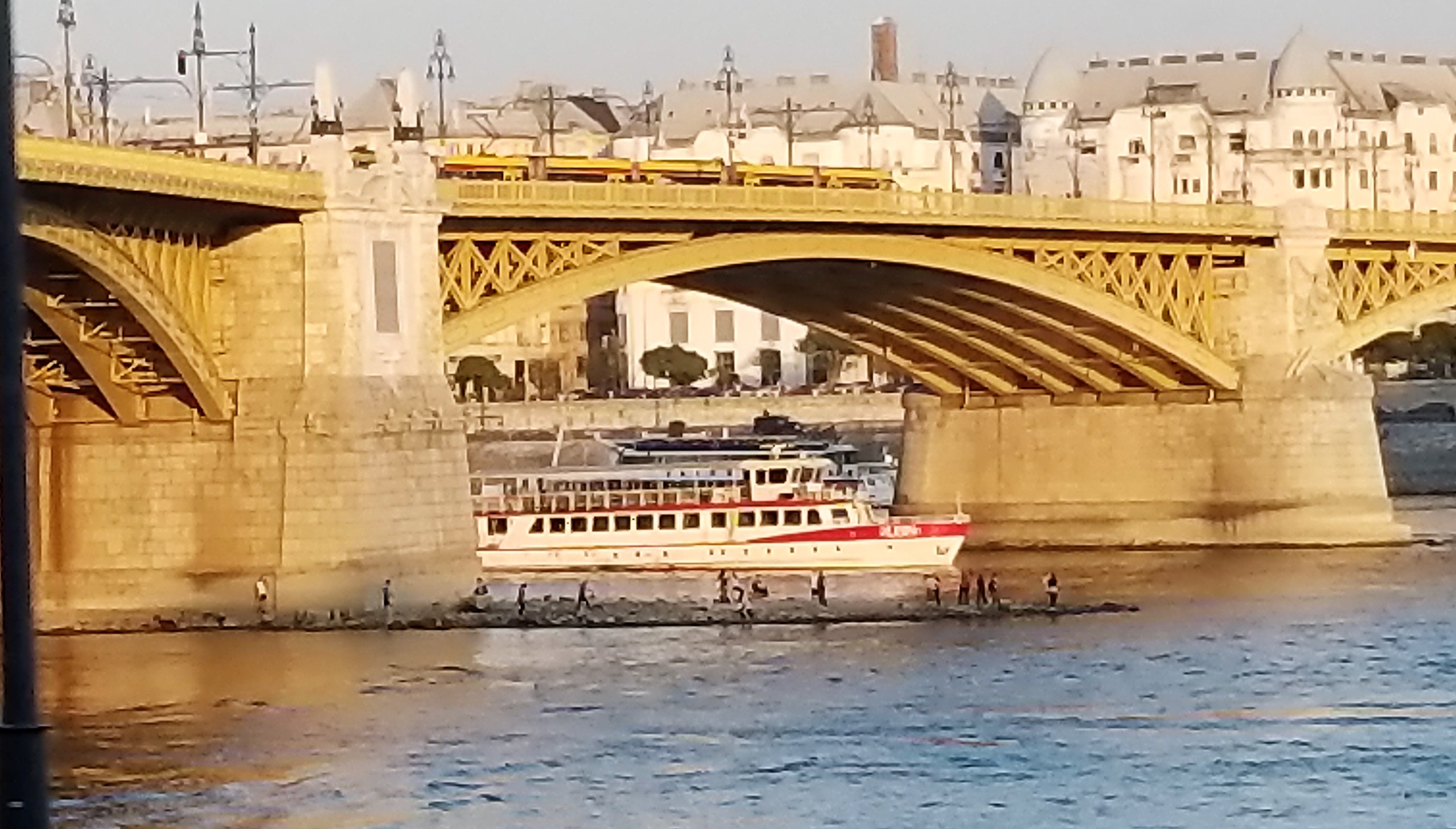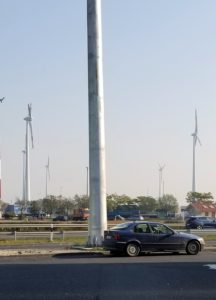
Once the Viking Cruise people have your mailing and email address the marketing is relentless, and the fog from 11 hours on two legs of Lufthansa had barely lifted before the email arrived with a fabulously attractive deal on a Rhine cruise in early 2019.
Ah, but I know now why the price is so low. Drought and low water in central Europe have disrupted cruising all summer and fall. That iconic sail past the Hungarian Parliament in Budapest so prominent in Viking ads turned into a slow roll on a motor coach. The one Viking boat docked in Budapest hadn’t moved in weeks and was described as a ghost ship. We stayed in a below-standard Budapest hotel far from the stunning night views (wash cloths? Why would you want them?)
The low water on the Danube, Rhine and others is hardly Viking’s fault and they did their best. One of the captains (we had to switch boats before reaching Vienna, where we left the second boat behind) said it was the worst sustained low water since 1947, and I heard others call it a 200-year drought. Drought of course might not be the only problem as with low rainfall water draws for farm or human consumption also increase and have greater impact.
Meanwhile, back in the states, Evil-Human-Caused Climate Change created the opposite situation, with a nasty hurricane slamming the Florida Panhandle and matching Florence with its impact on Richmond. Drought, storms – anything and everything can be blamed on warming temps (convenient), and the alarmists were out with another report that the end is nigh.

Then again, perhaps its all just normal variations. Neither droughts or hurricanes are new and with a scale that goes up to five we’ve yet to see a hurricane that hits Spinal Tap’s eleven. While the Dunube is low now, at Passau we were shown dramatic evidence of past floods, the most recent and second highest in 2013.
The fault of industrialization and fossil fuels? Check out the year for the highest recorded, 1501, and the many others of similar impact during pre- or early-industrial times. For North America, of course, there are at best only 200 years of records and perhaps 100 years of good ones. Thomas Jefferson’s personal records pick up the ending of the so-called Little Ice Age. Nasty hurricanes plagued the Jamestown settlement.
Getting off the river to drive for hours on the autobahns gave me a chance to see the extensive solar panels in Germany and the massive wind turbine installations in Hungary, visible again from the air during our departure. Their addition to the landscape did not reduce the beauty of the scenery.

There is no question we need to move quickly away from burning filthy coal and increase the percentage of energy generated from sun and wind. I still consider natural gas a good substitute for coal and a necessary part of the mix. But do everything the environmentalists want and the hurricanes will continue, the floods and droughts will continue, and You Know Who provided excellent advice 2,100 years ago about building on rock, not sand, as recorded by Saint Matthew.
Viking is moving more emphasis onto its ocean cruise business, perhaps as a hedge against continued challenges on the rivers. Odds are the rivers will be back up in a year or so and the concern will shift back to floods. If indeed the climate is changing, and it seems to be, I just don’t buy that human activity is the single or dominant cause, or that adjustments now will make much difference down the road.

Leave a Reply
You must be logged in to post a comment.